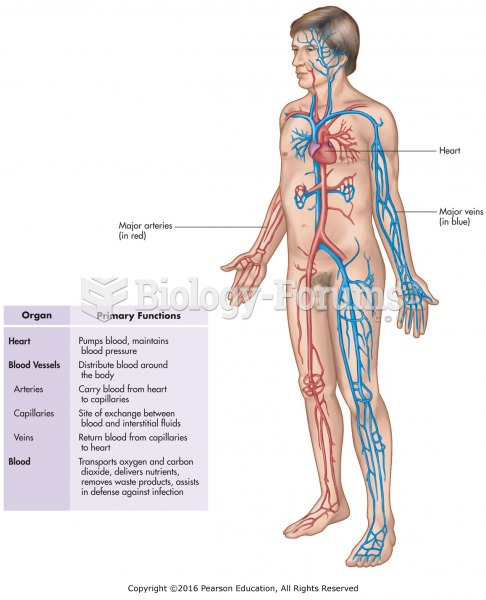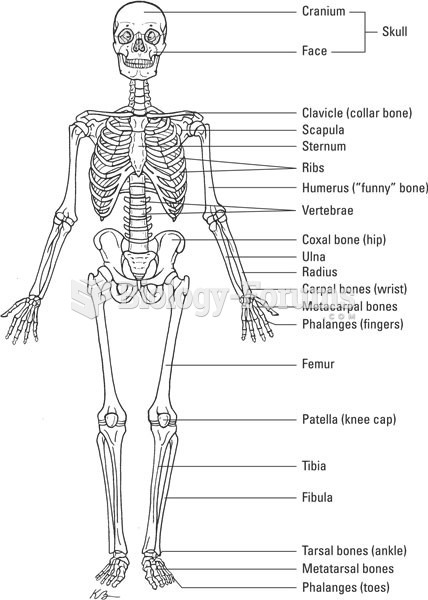Answer to Question 1
Ans: B
Feedback:
Answer B is a dangerous situation because if the nurse did not catch the glitch, the client would not have had the medication he/she needed after surgery. Answer A may be because the system is new, and the nurses need to get acclimated to using it. Answer C is an annoyance to have to bend over to plug in the computer, and can be addressed later on by adding plugs higher on the wall where the nurses may best utilize them. Answer D is a potential issue for spreading germs and can be addressed by investigating a cover that will work so the nurse may disinfect the keyboard in between use easier. Before using the covers, a quick solution is a disinfectant wipe on the keyboard. Answer D is not as pressing as clients not receiving needed medications.
Answer to Question 2
Ans: A
Feedback:
Nurses spend so much energy and time caring for their clients and others in volunteer activities, they end up emotionally, physically, and spiritually spent. They end up burned out and may quit nursing. To best prevent this from happening the new nurse must budget time each day to exercise, use stress relieving techniques and eat a proper diet. Stress relieving techniques may be used at work during a break, such as Tai Chi or Yoga, or meditation, or whatever it is that helps take the nurse away from nursing for 15 minutes to reduce stress. Taking a special day once a week, or a spa break once a month, or a relaxing vacation are great, but stress builds every day and the nurse needs to relieve it through the same advice we tell our clients, eat a proper diet, exercise, and use stress reduction techniques.







